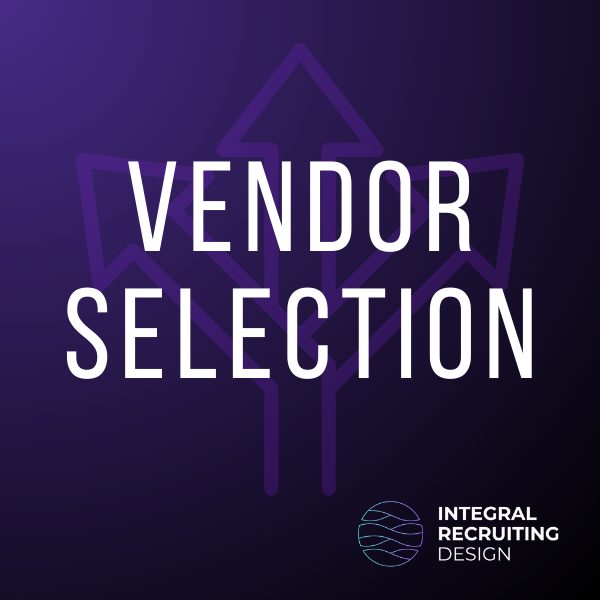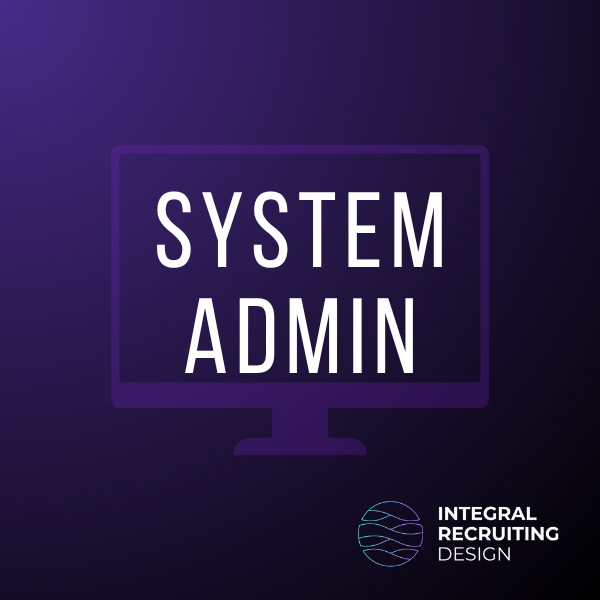Integration has always been HR tech’s awkward family dinner. Everyone’s at the table—ATS, HRIS, background check vendors—but nobody’s speaking the same language.
The Model Context Protocol (MCP), a new open standard introduced by Anthropic in early 2024, could be a rare chance to change that.
What MCP Actually Is
Think of MCP as the difference between emailing someone a spreadsheet and sharing a live dashboard that updates itself, explains what the numbers mean, and knows what your team actually cares about.
Instead of sending raw data back and forth (like traditional APIs do), MCP lets systems exchange contextual information—complete with the “why,” “what,” and “what next.” It’s less “firehose of info” and more “thoughtful conversation.”
This could save teams from spending endless hours building and maintaining brittle custom connections. Which, let’s be honest, no one enjoys.
What This Means for HR Tech
If MCP works the way early designs suggest, it could take some of the friction out of:
- Moving candidate records cleanly between your ATS and HRIS (without losing interview notes or offer details in the shuffle)
- Getting real-time status updates from multiple background check vendors in one unified workflow
- Enabling “skills passports” where candidates carry verified skills across jobs (yes, really)
- Making onboarding smoother by porting validated employee records between employers
These are the kinds of things we talk about constantly—and usually explain away as “just how it is.” MCP suggests that maybe it doesn’t have to be.
Where It Stands (And What’s in the Way)
Right now, MCP is still in the early stages of development. Think pilots, not products.
Vendors like iCIMS, Workday, and SAP SuccessFactors are exploring it, but wide adoption will take time, and probably some architectural heavy lifting. Many HR systems are still built around older, more rigid API frameworks.
There’s also a human side to the challenge: Business models built on closed ecosystems, and teams who haven’t had a reason (yet) to learn what “semantic interoperability” means.
Still, the direction is promising.
What’s Worth Watching
In the short term, we’ll see small, focused use cases in controlled environments. But if MCP delivers on even part of its promise, it could become the connective tissue of HR tech over the next few years.
Not because it’s flashy, but because it solves something quietly fundamental.
Want more insights like these?
👉🏼 Join the Conversation: RSVP for our Free Friday Calls for iCIMS customers https://system-admin-insights.circle.so/events. Find the “Free Friday” event, click RSVP, and create your free profile.
🧠 Get Ongoing Expert Support: Start your free one-month trial of the best deal in iCIMS consulting—daily Office Hours with our expert consultants all week long, plus perks galore: https://system-admin-insights.circle.so/c/icims-discussion/



